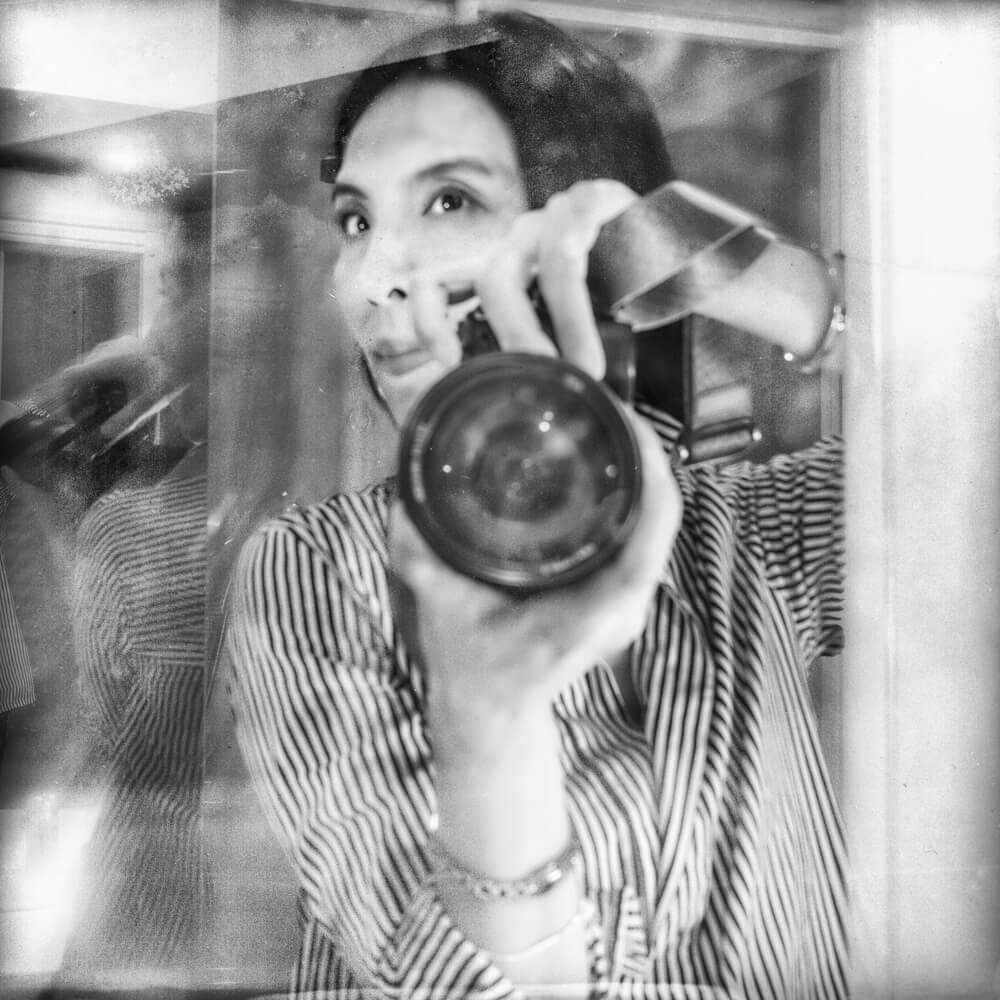Asako Naruto is a Japanese photographer living in Madrid since 2005. After obtaining a BA of Science of Design in Tokyo, she studied Art History, specializing in El Greco until she completed doctoral studies.
Although she has been taking photographs for some time, it was around 2020 that she began to rediscover and immerse herself in photography as a personal creative activity.
Her photographic style is characterized by a sense of introspection while using a street snapshot approach. In 2022, she won the annual Grand Prix of Digital Camera Magazine (Impress, Japan). Since then, she has received numerous awards from various international photography competitions including VIEPA, PISPA, IPA, BIFA, TIFA and many more. Recently, she has been working on a series of fantastical urban fragments using prismatic filters, one of which, "Reverve+Graphy", won the Gold Medal at the Paris International Street Photography Awards (2023).
Statement:
Press the shutter button to take a picture. I like the simplicity of it. For me, the real pleasure of photography lies in this physicality of moving my hands and feet and feeling the connection between sight and brain. For me, photographic expression may be an attempt to translate my inner thoughts, which are difficult to verbalize, while capturing fragments of my daily life with a camera. I feel that I want to be a storyteller more than an observer. I try to reveal or represent the scenes I collect in the city by overlaying them with the stories that unfold in my mind. Nevertheless, I carefully avoid encouraging the viewer to have a fixed interpretation of my work by explaining in detail the message it may contain. I want my work to be open to gradations of interpretation and to stimulate the viewer's personal emotional recall.
